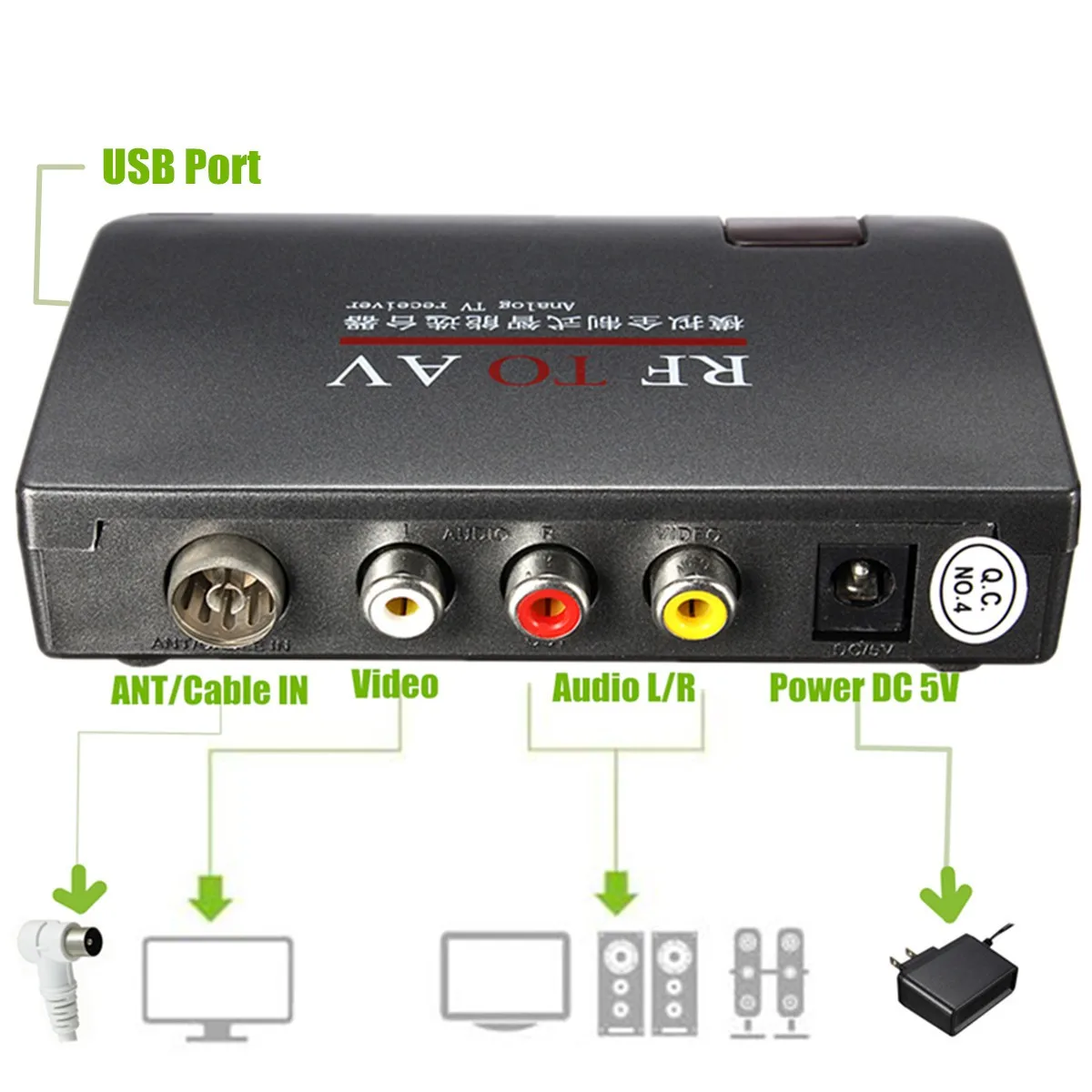


As integrated circuits become more complex, it is crucial to know “how the circuit works.” Simulating a circuit without the understanding of how it works can lead to disastrous results. In today's computer-oriented thinking, it is crucial to maintain personal control of a design, to know what to expect, and to discern when simulation results may be misleading.
#Digital to analog tv converter box mejier how to#
These concepts enable the reader to understand the operation of an analog CMOS circuit and to know how to change its performance. Probably of most importance is to teach the concepts of designing analog integrated circuits in the context of CMOS technology. It includes knowing the necessary fundamentals and background and applying them in a hierarchical manner that the novice can understand. The teaching of design reaches far beyond giving examples of circuits and showing analysis methods. He objective of the third edition of this book continues to be to teach the design of CMOS analog circuits. Printing number: 9 8 7 6 5 4 3 2 1 Printed in the United States of America on acid-free paper No part of this publication may be reproduced, stored in a retrieval system, or transmitted, in any form or by any means, electronic, mechanical, photocopying, recording, or otherwise, without the prior permission of Oxford University Press. 198 Madison Avenue, New York, NY 10016 Oxford is a registered trademark of Oxford University Press All rights reserved. Published by Oxford University Press, Inc. Higher Education Opportunity Act, please visit for the latest information about pricing and alternate formats. For titles covered by Section 112 of the U.S. Oxford New York Auckland Cape Town Dar es Salaam Hong Kong Karachi Kuala Lumpur Madrid Melbourne Mexico City Nairobi New Delhi Shanghai Taipei Toronto With offices in Argentina Austria Brazil Chile Czech Republic France Greece Guatemala Hungary Italy Japan Poland Portugal Singapore South Korea Switzerland Thailand Turkey Ukraine VietnamĬopyright © 2012, 2002 by Oxford University Press, Inc. Oxford University Press, Inc., publishes works that further Oxford University’s objective of excellence in research, scholarship, and education. Allen Professor Emeritus, Georgia Institute of Technology Appropriate for advanced undergraduates and graduate students with background knowledge in basic electronics-including biasing, modeling, circuit, analysis, and frequency response-CMOS Analog Circuit Design, Third Edition, presents a complete picture of design (including modeling, simulation, and testing) and enables readers to undertake the design of an analog circuit that can be implemented by CMOS technology.ĬMOS Analog Circuit Design Phillip E. The book provides detailed coverage of often-neglected areas and deliberately leaves out bipolar analog circuits, since CMOS is the dominant technology for analog integrated circuit design. The trademark approach of Phil and Doug's textbook is its design recipes, which take readers step-by-step through the creation of real circuits, explaining and demystifying complex design problems. Most of the circuits, techniques, and principles presented in CMOS Analog Circuit Design come directly from the authors' industrial experience, making the book a valuable resource for both practicing engineers and students taking courses in analog electronics or CMOS analog design. * to teach analog integrated circuit design with a hierarchically organized approach * to mix the academic and practical viewpoints in a treatment that is neither superficial nor overly detailed

Working from the forefront of CMOS technology, Phil and Doug have combined their expertise as engineers and academics to present a cutting-edge and effective overview of the principles and techniques for designing circuits. Respected authors Phil Allen and Doug Holberg bring you the third edition of their popular textbook, CMOS Analog Circuit Design.


 0 kommentar(er)
0 kommentar(er)
